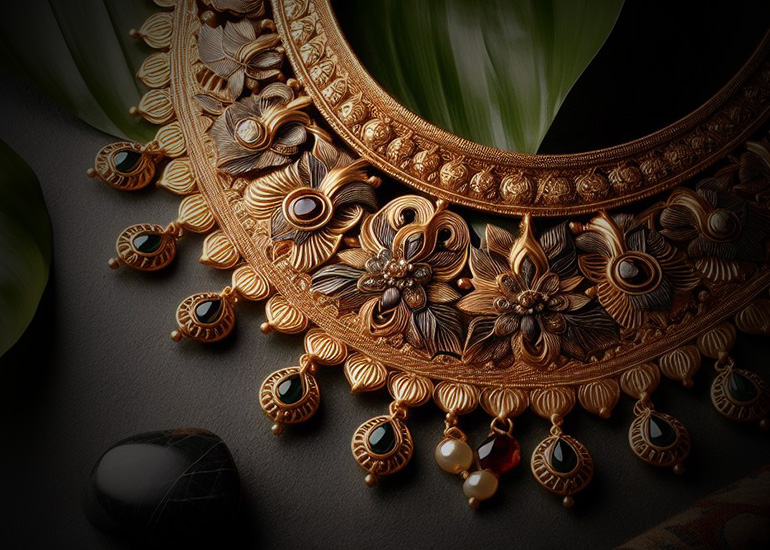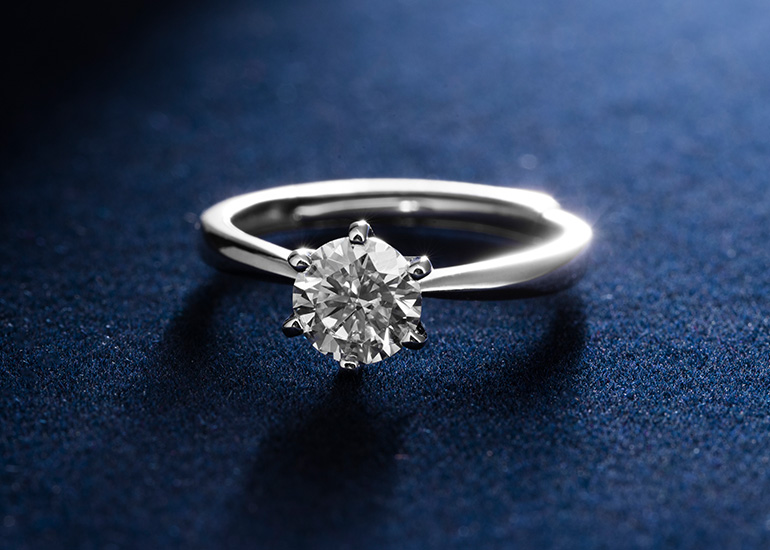
28 September
HISTORY OF TRADITIONAL INDIAN JEWELLERY :
The history of Traditional Indian Jewellery is as old as Indian History! The word jewellery originates from the Latin word "jocale", meaning plaything. 5000-7000 years ago during Ramayana & Mahabharata times was when jewellery and the art of wanting to beautify oneself was popularised. Traces of beaded jewellery can be found back to 1500 BC during the Indus Valley Civilization.
Beads, shells don’t really have a shelf life and metals can be used to make jewellery was discovered later by the Indus Valley region. India had an enormous supply of precious metals and gems; it prospered due to export & exchange with other nations.
India was the first country to mine diamonds. Mughals reined in India during the 16th century. They brought along their knowledge and art of jewellery making to the flourishing artistic Indians.
From head to toe, traditional jewellery highlights the aura of every Indian Woman.
Take a look at the Traditional Indian jewellery pieces and immerse yourself in the rich varied heritage of our country.
VENI/JEWELED BRAID, PAASA, MAANGTIKA
Your hair is a reflection of your identity. Long, short, curly, straight. Who doesn’t like to style her hair with some accessories? A Veni is a jeweled braid worn when you tie your hair in a plait. Traditionally worn on special occasions, veni pins are available and can be worn as a hair clip too. A Paasa & Maangtika are sister jewellery pieces, paasa being worn on one side of the head and maangtika worn in the center partition of the hair.
Traditional Indian Jewellery of Indian heritage jewellery
CHANDBALIS, JHUMKAS, KANVELIS, NATH
Earrings are 'enamours' of your ears. Traditionally heavy and intricate work earrings add another dimension to one’s beauty. Chandbalis get their name for representing the most beautiful celestial star 'the moon'. Earrings in the shape of moon add a mystic aura to your look. Jhumkas are as ancient as our heritage, the Jhoomar - chandelier like design is ethnic & compliments your neck perfectly. Kanvelis are small, delicate pearl earrings worn on the helix of your ears, go perfectly with the saying ‘ flaunt as many jewels as you can’. Finally the nath - jewellery worn on the nose, this lights up your face like no other jewel can. Traditionally made up of pearls and a few ruby stones, the variety available now is truckloads ranging from diamonds to kundan.
Chandbali Earrings Saaj
RANI HAAR, GULBANDH, SATLADA, KAMARBANDH
Necklaces have been a sign of royalty since the times of rajas maharajas in India. Men wore necklaces with as much vigour as women, if not more. Rani Haar as the name itself suggests, is a long necklace fit for queens that your are! Gulbandh sits ideally below the collarbone the perfect flattering length, it’s called a princess necklace too, a traditional necklace worn by the likes of the princess in Rajasthan.
Traditional Indian Jewellery of Indian heritage jewellery
Satlada - seven necklaces in one. Satlada is for the evenings when you want to go all out & be the rockstar. Pair a satlada with your cocktail gown to up your sass quotient.
Kamarbandh accentuates your waist & was worn traditionally to give an hourglass figure without the pain of wearing a corset. Kamarbandhs give a twist to plain anarkali dresses, they are paired with dresses, sarees & gowns too!
BANGLES, BRACELETS, HAATHPHOOL
Meenakari work bangles looks exquisite and are very popular amongst the young fashionistas. Adorning hands with mehendi & bangles has been a trend since times immemorial in India. Haathphool rings attached to strings which form a spiderweb-like design are delicate hand jewellery which look dainty & elegant. If you want to go bold, calcutta tode (elephant kada) & kada bangles, in general, are traditional bangles which will really beautify your hands.













Leave a Comments
Your email address will not be published. Required fields are marked *